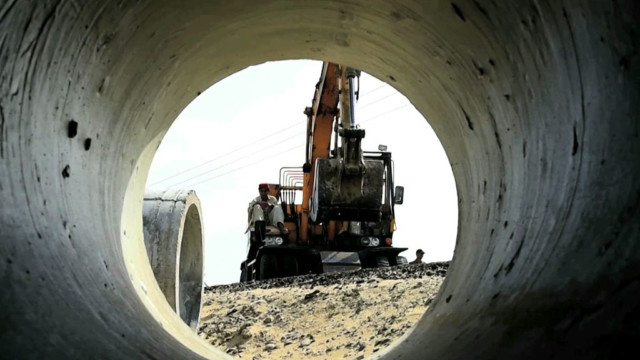The global middle class is growing and countries like Pakistan are expected to see major growth in the next decade.
CGTN’s Danial Khan takes a closer look at life in Islamabad.

Life has been improving for middle class Pakistanis like Azhar Ali. “By the grace of God, I have a refrigerator, a television set; I also have a small car”, the 50 year-old tailor said.
Terrorism made it harder for many businesses to thrive in Pakistan. But between 2009 and 2016, the number of terrorism-related fatalities declined by 85 percent.
Business got better for Ali’s five employees. “We were quite worried in the past, but since the last six months, things have improved,” Ali said.
Ali’s experience reflects an overall trend in Pakistan, and things stand to get even better with Chinese investment. Gwadar-a deep-water port on the Arabian Sea, and funded by Beijing’s China-Pakistan Economic Corridor, (CPEC) will funnel $54 billion into Pakistani infrastructure projects. CPEC’s launch in the spring of 2015 generated a wave of business optimism. Last year, Pakistan’s stock market rose 46 percent in value.
The global middle class is expected to double by 2030. Much of that growth will happen in Asian countries like Pakistan, which are expected to become engines of growth for the rest of the world. There are however, still millions of Pakistanis living below the poverty line.
Living standards of the middle class in Pakistan, as a developing nation, is modest if compared to the West, but people are working hard and look towards the China Pakistan Economic Corridor to improve their livelihood in the years to come.
Masood Ahmed, president of the Center for Global Development, discusses Pakistan’s investment climate
Masood Ahmed, president of the Center for Global Development spoke to CGTN’s Rachelle Akuffo about Pakistan’s growing middle class, what’s behind its growth and why China remains an important economically.
 CGTN America
CGTN America
